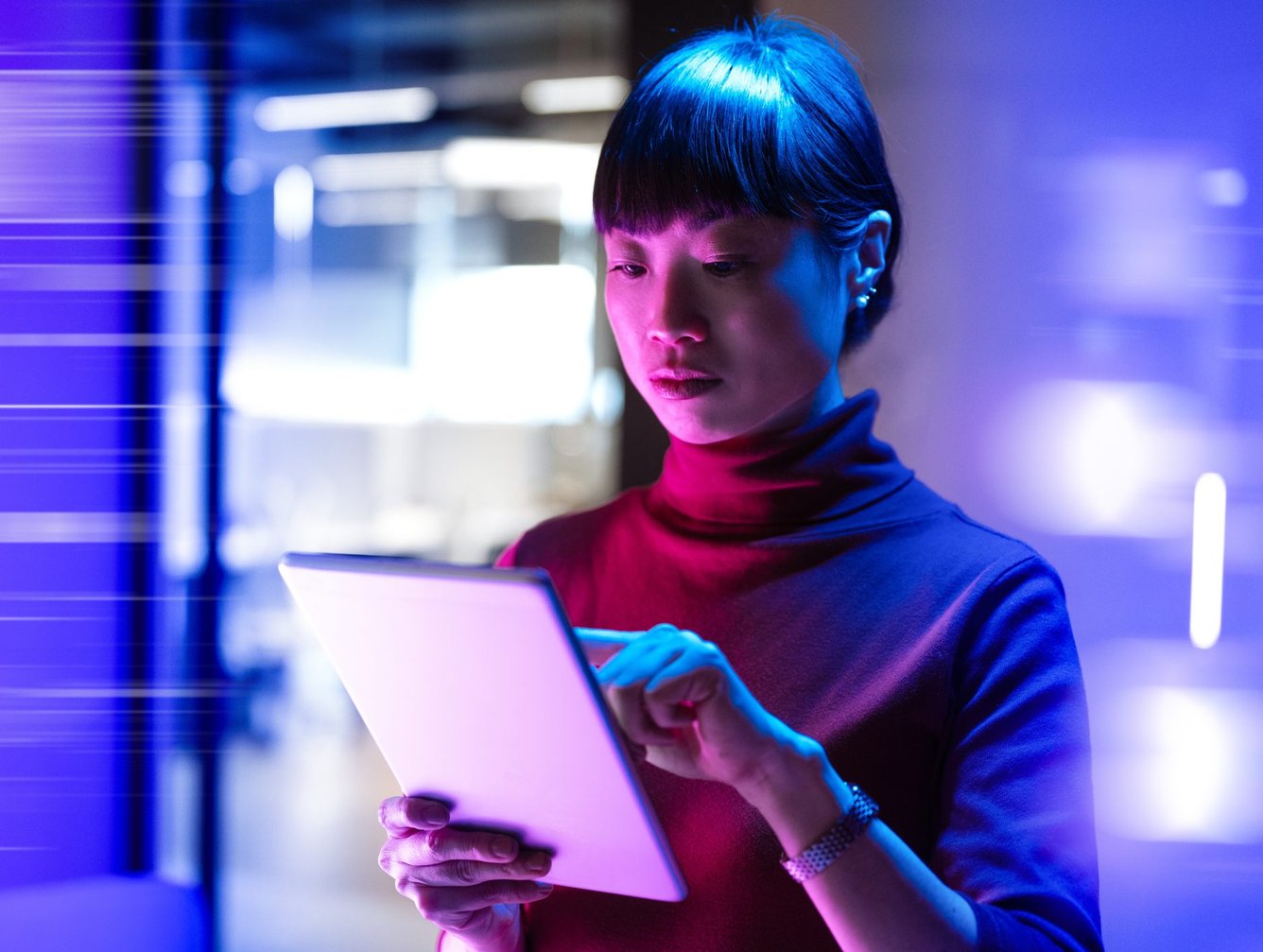With the advancements of Generative AI in recent years, the Robotics industry has experienced some improvements in the way robots function.
Understandably, hardware design has been the primary focus of most humanoid robotics coverage. Given the frequency with which their developers employ the term “general purpose humanoids,” it is imperative that the initial phrase be given more significant consideration. The transition to more generalized systems will be substantial following decades of single-purpose systems. We have yet to reach that point.
Pursuing a robotic intelligence that can ultimately capitalize on the extensive range of movements that bipedal humanoid design has facilitated has been a significant research focus. The application of generative AI in robotics has also been a topic of great interest recently. New research from MIT suggests that the latter could significantly impact the former.
Training is one of the most significant obstacles to developing general-purpose systems. We comprehensively understand the most effective methods for instructing humans to perform various tasks. The robotics approaches, although intriguing, still need to be completed. Many promising methods exist, such as imitation learning and reinforcement learning. However, future solutions will likely entail integrating these methods with generative AI models.
One of the primary applications proposed by the MIT team is the capacity to compile pertinent information from these tiny, task-specific datasets. Policy composition (PoCo) is the name given to the methodology. Some of the tasks that robots perform are practical, such as using a spatula to turn objects and pounding in a nail.
The school notes, “[researchers] train a distinct diffusion model to learn a strategy or policy for completing one task using one specific dataset.” “Subsequently, they integrate the policies acquired through the diffusion models into a comprehensive policy that enables a robot to execute numerous tasks in various environments.”
According to MIT, the performance of tasks was enhanced by 20% due to the integration of diffusion models. This encompasses the capacity to implement tasks that necessitate the use of multiple tools and the ability to learn and adapt to unfamiliar tasks. The system can integrate relevant information from various databases to create a sequence of actions necessary to complete a task.
According to Lirui Wang, the principal author of the paper, “One of the advantages of this approach is that we can combine policies to achieve the best of both worlds.” “For example, by training on real-world data, a policy may achieve greater dexterity, whereas a policy trained on simulation may achieve greater generalization.”
This project aims to develop intelligence systems that enable robots to interchange various tools to execute distinct duties. Due to the proliferation of multi-purpose systems, the industry would be one step closer to the general-purpose ideal.



